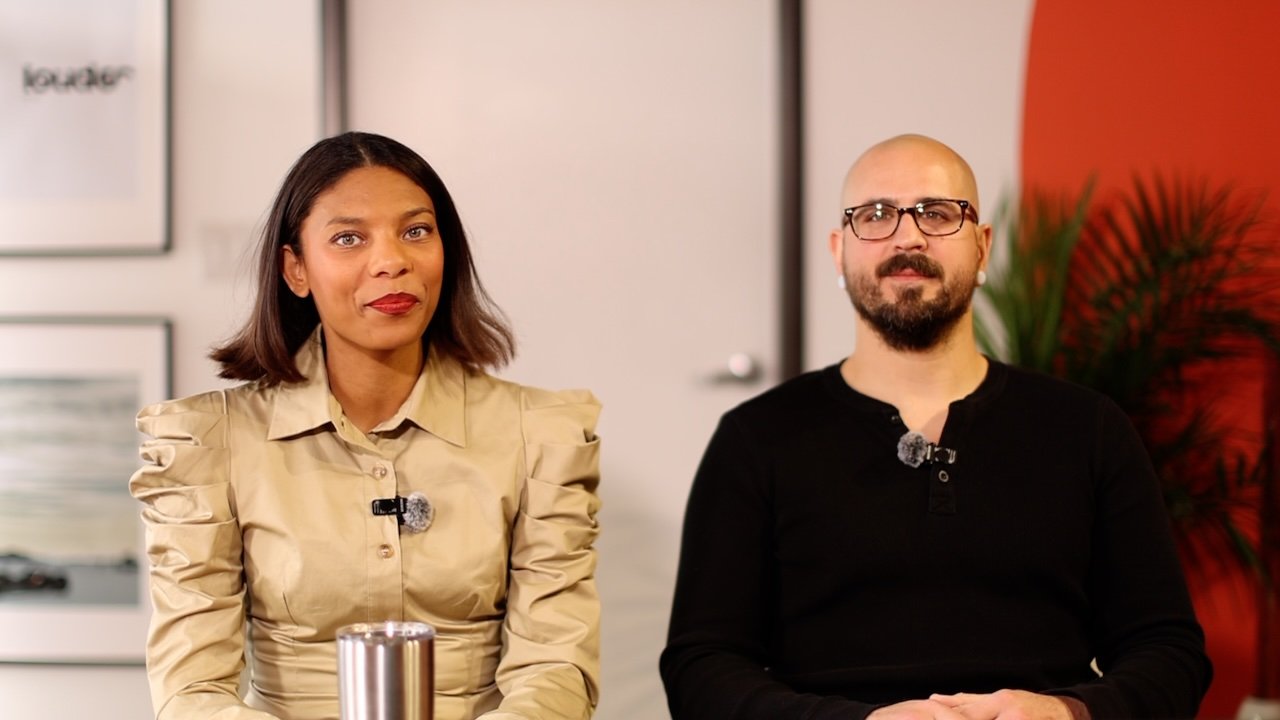
Great product businesses start with great product expertise. Louder Campus is where top founders refine their knowledge of product development—deepening their understanding of design, engineering, manufacturing, and logistics.
This isn’t just about launching—it’s about scaling smarter, optimizing every step, and building a brand that lasts. Learn how the best in the industry operate, so you can create products that don’t just sell, but set new standards.
























